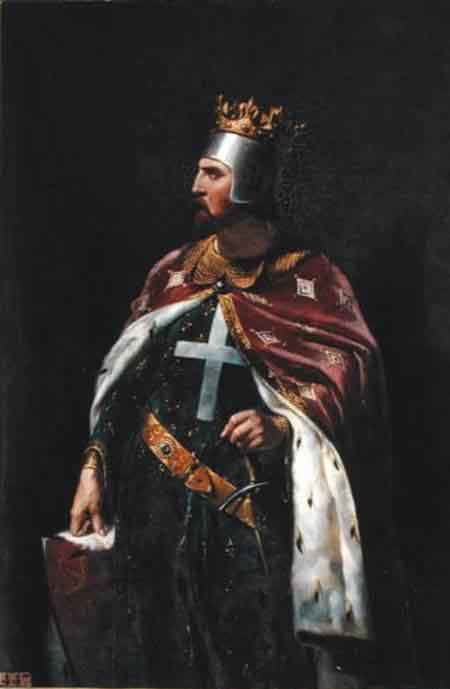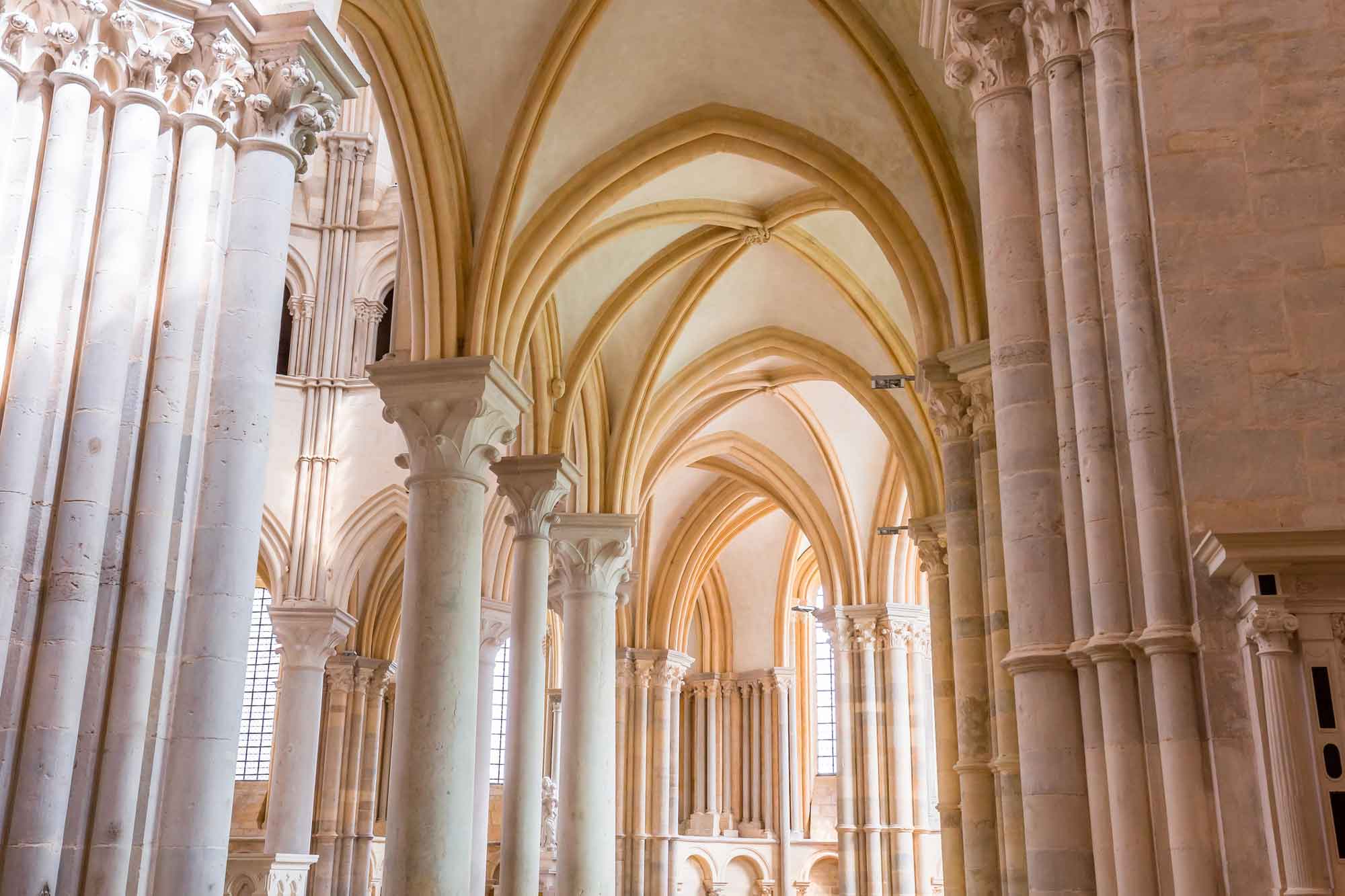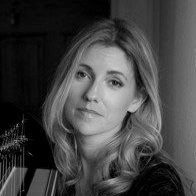Go, speed the stars…
On to their shining goals; —
The wheat thou strew’st be souls.
~Ralph Waldo Emerson, “Intellect”
How do you remember heroic souls who have died? In the second century, Greek astronomer Ptolemy did so by taking the memories of those who (to paraphrase Ralph Waldo Emerson) had “shuffled off their corporeal jackets” and slipped them into the stars. Ptolemy named stars and connected them with invisible lines to form the storied constellations known to many in the past and today.
On May 11, 2024, the “spring triangle” will shine in the sky above Concord, Massachusetts. Connecting the brightest stars of three separate constellations, Leo (the Lion), Boötes (the Shepherd), and Virgo (the Goddess of Justice), the triangle will illuminate the Concord School of Philosophy at Orchard House where Christopher Kelly, a heritage guide at la Maison du Visiteur in Vézelay, France, will present a lecture about the history, architecture, and spiritualism of the mysterious Abbey Vézelay. Originally built in the ninth century and expanded in the twelfth, the abbey’s construction was built upon the Euclidean geometry-inspired principle of the “Golden Ratio,” a mathematical formula that is described as near perfection for design.
But, like the “spring triangle” in the sky, a talk about the Abbey Vézelay at the School of Philosophy in the United States of America might not have been possible without the following three stories.
Leo: The Lion:
Following the stars and rotation of the earth over one thousand years back in time, we arrive at the Abbey Vézelay in France where we find Richard the Lionheart on horseback surrounded by fellow crusaders, preparing to head to the Holy land. Once believed to house the relics of Mary Magdalene, the abbey was a place of pilgrimage and gathering point for Crusaders whose ranks included Simon de Montford and Godfrey de Bouillon, who became the ancestors of Concord’s first minister/town founder Peter Bulkley, and Concord’s “Patriot Minister” William Emerson, the grandfather of Ralph Waldo Emerson. Peter Bulkley in turn would help found Concord in 1635, William Emerson would use his pulpit to encourage his flock to rebel against Great Britain, and Ralph Waldo Emerson would help his friends the Alcotts buy Orchard House, future home of the Concord School of Philosophy.

Richard the Lionheart
| Public DomainBoötes: The Shepherd(s):
In 1779, Massachusetts native John Adams, (a cousin of Abigail Alcott), was sent by the Second Continental Congress to France to try and negotiate a peace treaty with Great Britain and secure independence for the colonies. But, as Adams noted in his autobiography, “a leak was soon discovered in the ship” advancing to “seven to eight feet an hour,” forcing the ship to put in off the coast of Spain near Cape Finisterre (“The End of the World”), one of the end points of the ancient pilgrimage trail El Camino de Santiago (the Way of Saint James).
While Adams had not intended to walk a pilgrimage trail, locals told him that without a ship there was no other way to get to France except on foot. Walking in the steps of a shepherd who was guided by the Milky Way, Adams traversed the Camino Frances route for 500 miles—in December—across Spain, walking beneath the “Compostela” (field of stars).

Saint Mary Magdalene Abbey
| ©istock.com/Christine944Climbing the Pyrenees, Adams crossed from Spain into France. If he had continued along the Camino, he would have arrived at Vézelay Abbey; instead, he headed North to Paris.
The abbey would have been familiar to Adams, and later to Ralph Waldo Emerson, given their studies at Harvard College at a time when the standard curriculum included Euclid’s geometry. And Emerson read Richard of Devizes’ Chronicles of Richard the I, which mentions Vézelay and Richard the Lionheart’s despair as he taunts God shouting, “O God, my God, why hast thou forsaken me?”
This sense of despair and abandonment could have been felt by many in France during WWI when the skies overhead lit up with a different type of stars. Far from the constellations, these were star shells— flares shot into the night to illuminate the no-man’s lands between the miles of trenches.

Margaret Lothrop in WWI
| Public DomainVirgo: The Goddess of Justice
When America entered WWI in 1917, Americans following John Adams’ intended sea voyage to France included Concord-born Margaret Lothrop, whose mother preserved the Alcotts’ legacy by buying Orchard House and the School of Philosophy when they faced possible demolition.
Margaret was the daughter of publisher Daniel Lothrop and his wife Harriet Stone who wrote children’s books under the pen-name Margaret Sidney. (Her best known work is The Five Little Peppers series).
Just before Margaret was born, the Lothrops purchased the Wayside House in Concord due to its once being the childhood home of Louisa May Alcott and the final home of Nathaniel Hawthorne. After attending Smith College and Stanford, Margaret became a criminal justice lecturer at Stanford University.
During World War I, Margaret volunteered for the Stanford’s Women’s Unit of the Red Cross and was deployed to France where she worked as a casualty searcher. With artillery firing around her, and fighter planes overhead, Margaret’s job was to find and record the names of dead and dying soldiers, and to help identify soldiers who had lost their memories due to trauma or shock. At times, the job could include lying on the ground next to the dying, trying to hear their names, and jot down a few last words to pass on to loved ones waiting at home. As described by H.P. Davidson in The American Red Cross in the Great War, Margaret and other casualty searchers had, perhaps, one of “the saddest [tasks] of all…. [to] watch over the brave souls who had given all for their country and for humanity; to stand by them to the brink; and to soften, in whatever way possible, the sorrow of those who mourned.”
When WWI ended, Margaret resumed teaching at Stanford and worked for the prevention of cruelty to children. In 1924, she returned to the Wayside, opening the house as a museum, which today is run by the U.S. Park Service.
Margaret died in Concord on May 14, 1970, when the “spring triangle” was in the sky. She is buried in Sleepy Hollow Cemetery on Authors Ridge. Next to her, marked with stones engraved with their names, lie her parents, Daniel and Harriet Lothrop.
And thanks to people like Margaret, the names of thousands of soldiers who died in World War I are also engraved on headstones and monuments like the World War I Memorial in Concord Center, whose bronze plaque closes with this quote by Ralph Waldo Emerson: “So nigh is grandeur to our dust, So near is God to man, When duty whispers low, thou must, The youth replies, I can.”
Should you join Christopher Kelly in the School of Philosophy on May 11, think of the trail of events that led you there. From the crusaders at the Vézelay Abbey whose descendants founded Concord, to the Revolutionary War events that spanned continents and led to the founding of America, to the Lothrop family’s preservation of our memories and historic buildings, the stars have aligned to shepherd you here.
For more details about the Christopher Kelly’s May 11, 2024, “Basilica of Vézelay” talk in Concord, please visit frenchheritagesociety.org/event/vezelay/
For source list, email barrowbookstore@gmail.com


